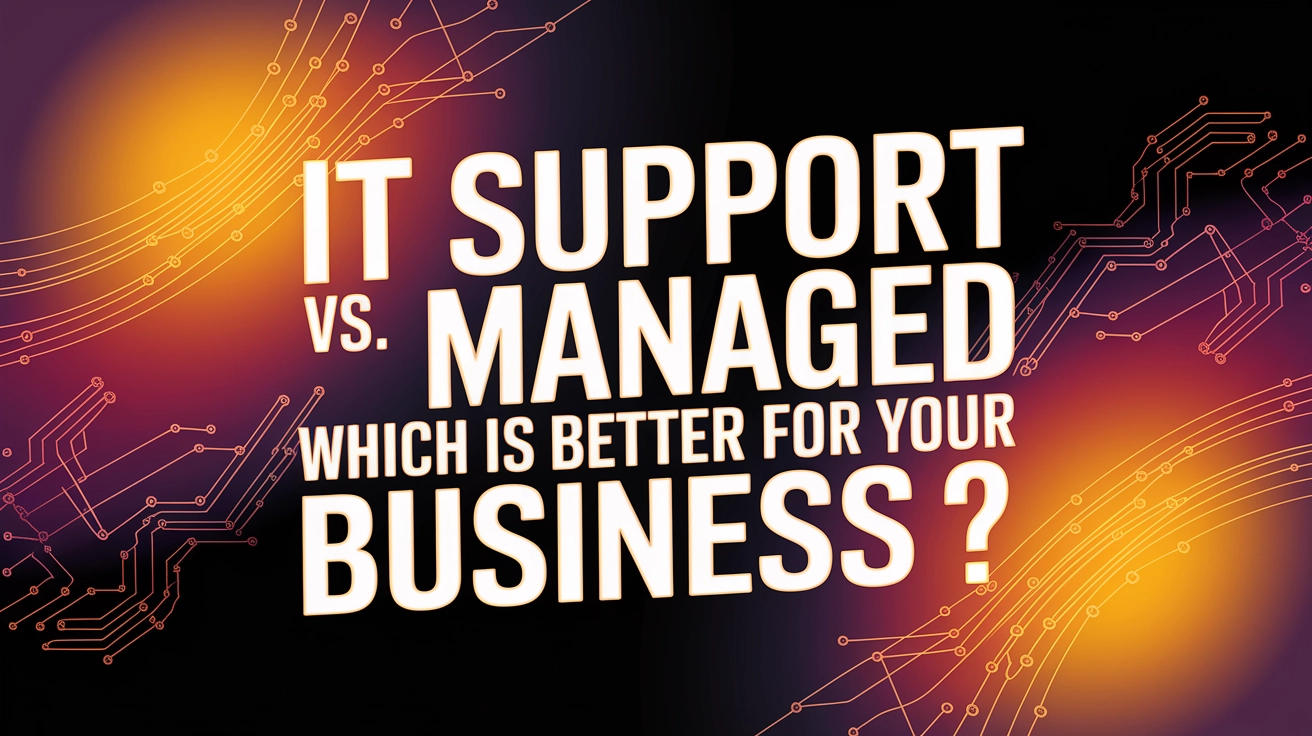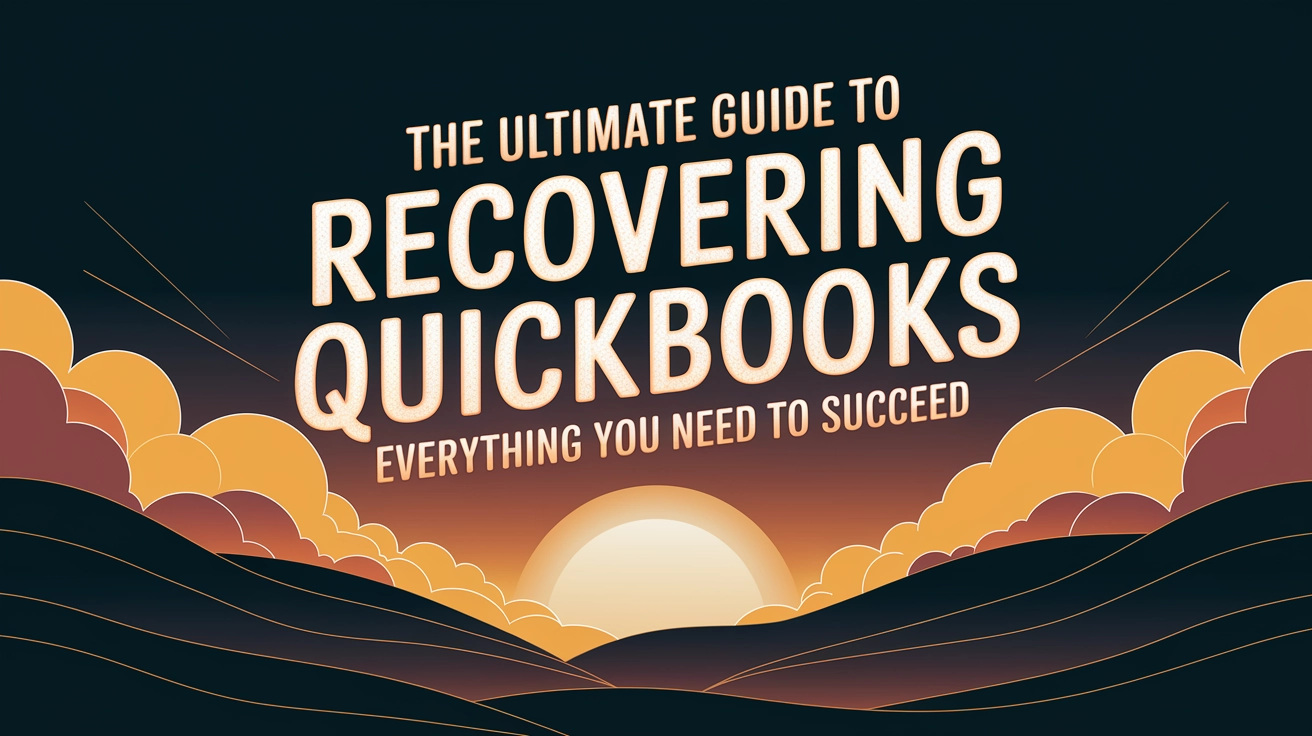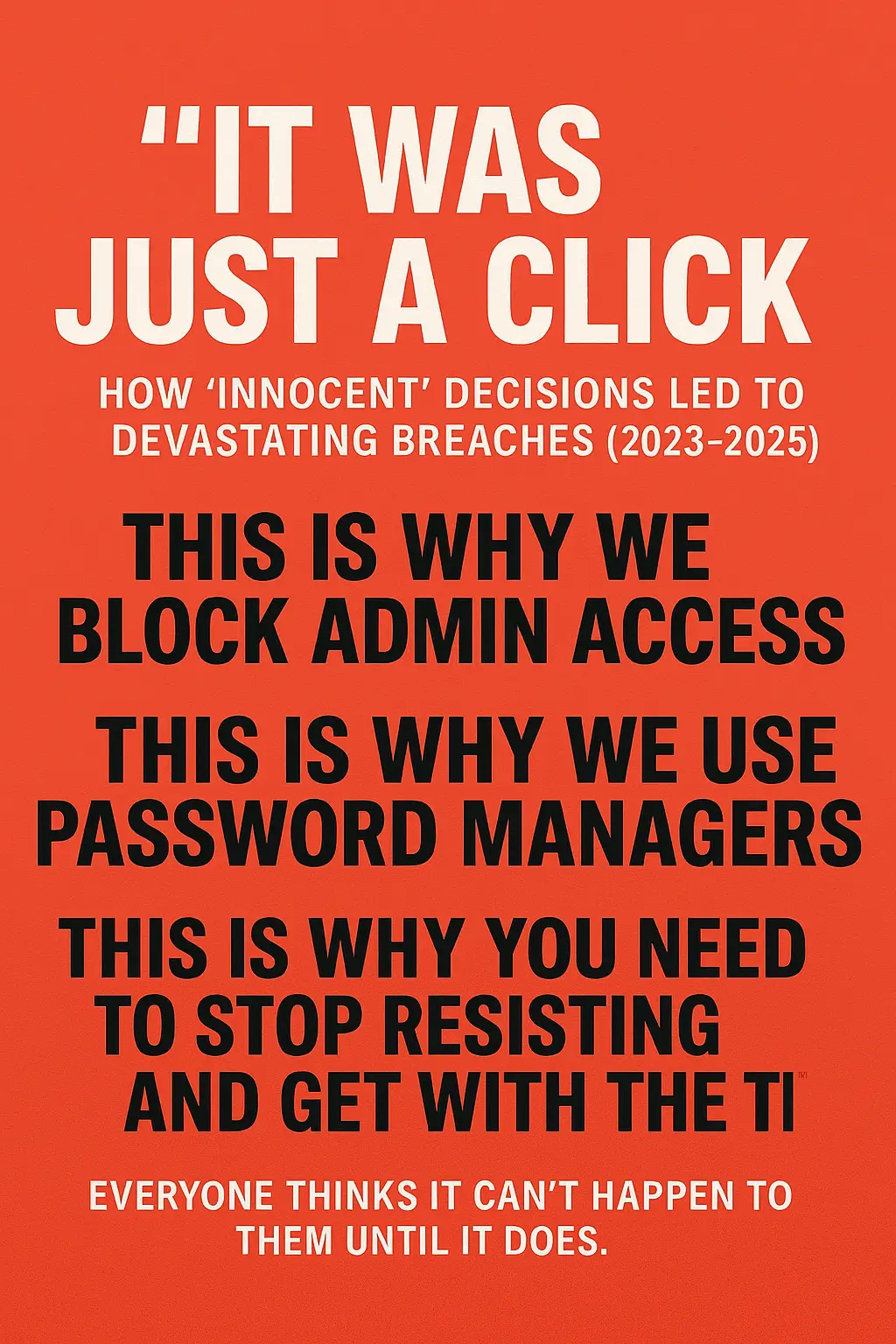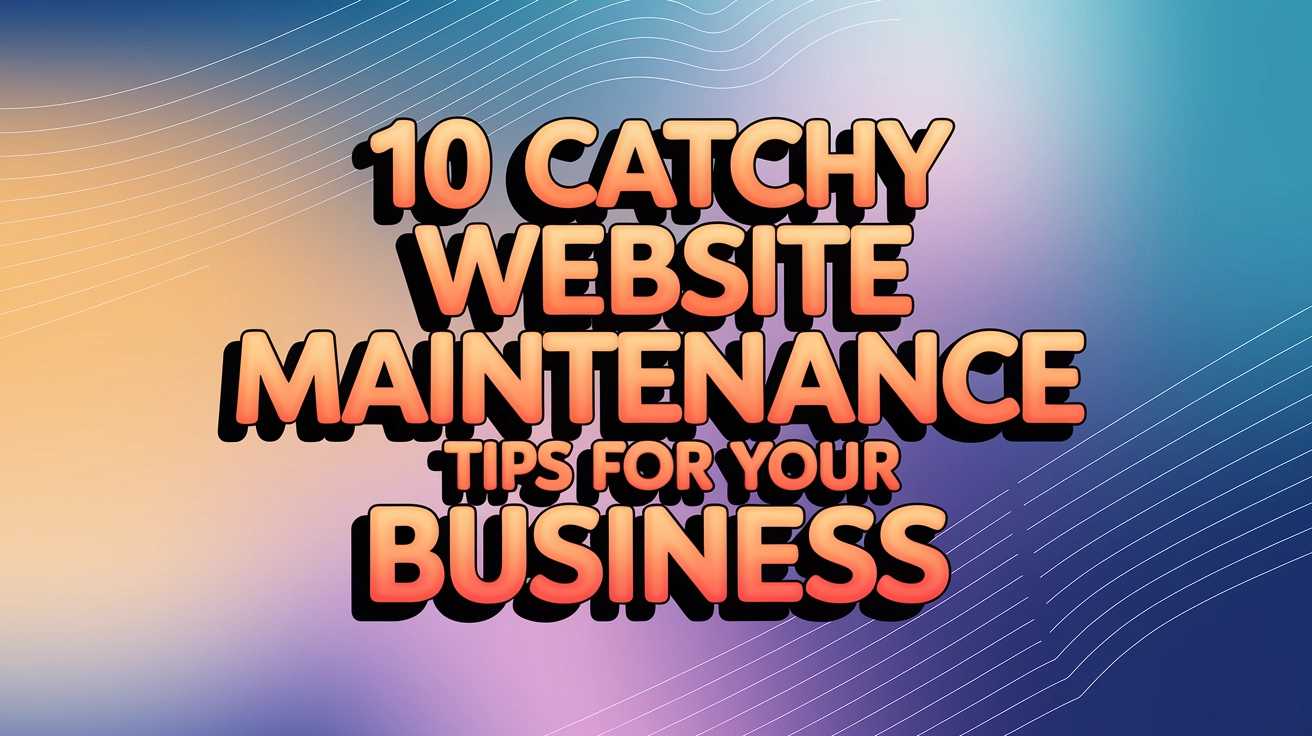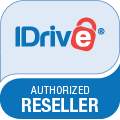In 2025, the idea of rejecting email in favor of text messaging or similar alternatives is not only outdated but also potentially harmful to relationships, whether personal or professional. Texting might offer convenience, but email remains an essential tool for both individuals and businesses. Here’s why:
The False Dichotomy Between Email and Texting
Many who reject email claim to prefer texting or messaging apps, but this stance creates a false dichotomy. Both methods occur on the same device, require the same basic skills, and demand equal effort to access. If you can text, you can email – it’s that simple. However, the added benefits of email make it a superior choice for communication:
- Organization and Searchability: Email systems excel in organizing communications. Searching for a six-month-old conversation in a text message thread is a nightmare compared to the ease of retrieving emails with robust search tools and folder systems.
- Reliable Documentation: Email provides a clear, organized trail of communications. This is critical for documenting agreements, sharing decisions, and maintaining transparency. Text messages lack the sophistication needed for reliable documentation.
- Comprehensive Information Sharing: Emails allow for detailed messages, formatted documents, and attachments. Whether you’re sharing a personal itinerary or a business proposal, email is the best tool for comprehensive communication.
- Threading and Context: Modern email clients keep discussions organized with threading, which maintains clarity in multi-participant conversations. Group texts, on the other hand, often devolve into chaos.
- Attachment Handling: For documents, photos, spreadsheets, and presentations, email remains the gold standard. Messaging apps simply cannot match email’s systematic approach to file organization.
Email’s Role in Everyday Life and Business Growth
Beyond basic communication, email plays a pivotal role in personal organization and business operations:
Professional and Personal Credibility
An email address with your own name or business domain immediately establishes professionalism and credibility. Conducting all communication solely via text can make interactions seem informal and unpolished.
Personal and Business Engagement
From newsletters to important updates, email offers formatting capabilities and tools that surpass what text messages can achieve. For retired individuals, email also opens up easy access to subscriptions, hobby groups, and personal correspondence.
Security and Privacy
Sensitive information requires encryption and secure storage, which professional email systems provide. Email platforms also help maintain privacy and compliance with data protection regulations for both individuals and businesses.
The Real Issue: Resistance to Practical Standards
Rejecting email often boils down to a refusal to adapt to evolving communication standards. In 2025, this stance is akin to rejecting phone calls in 1985 or written memos in 1965. Email is embraced universally for good reasons:
- Accessible across devices
- Formal and professional when needed
- Casual and quick communication options
- Organized and searchable records
Adopting email isn’t about technology; it’s about practicality and efficiency. Both businesses and individuals can benefit from setting clear communication expectations and incorporating email into their routines.
Moving Forward
To bridge the gap between texting and email:
- Set Clear Expectations: Emphasize email’s importance in both personal and professional contexts.
- Offer Guidance: Provide tips or training for those hesitant about email, especially retirees or non-tech-savvy individuals.
- Use Complementary Tools: Use texting for quick updates but rely on email for detailed communication and documentation.
Conclusion
Email is not just another tool; it’s a cornerstone of modern communication. The “I prefer texting” or “I don’t do email” mindset limits personal connections, professional growth, and organizational efficiency. Embracing email ensures organized communication, proper documentation, and a credible image. In short, if you can text, you can email – and your success depends on it.

